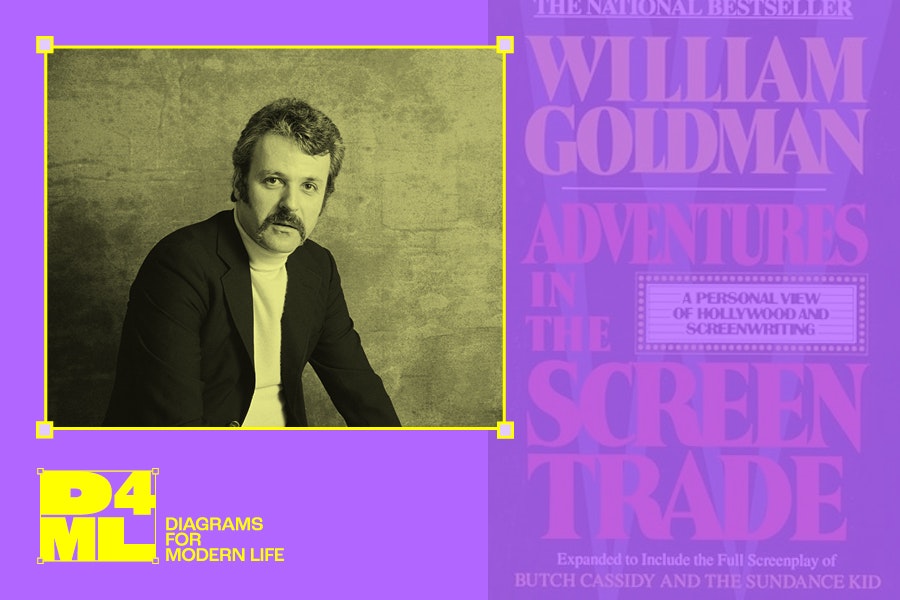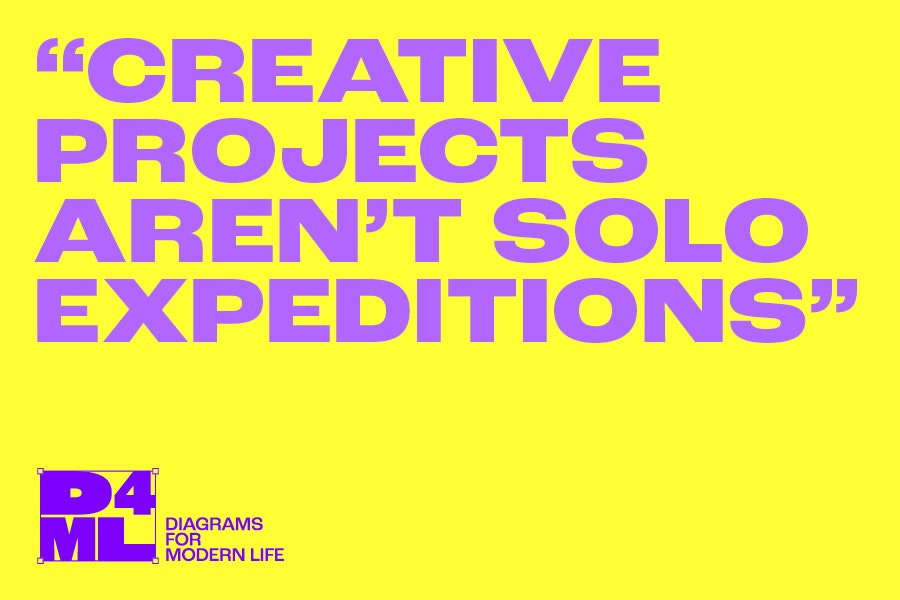Manage client overenthusiastic input | Blog | Corke Wallis
Founder / Creative Director
@10:05, 15.04.2025

Ever felt the urge to defend your ideas from overly enthusiastic client feedback, like your ideas/ego are under attack? Here’s why letting your guard down might be the smartest creative strategy you’ll ever learn.
If a client is getting a little over-enthusiastic with their input...
...ask for more.
The client is your number one source of quality info on their subject - the more they share, the better off you'll be in creating something that 1) suits their industry and 2) actually makes them happy. Plus, they'll feel way more connected to the work because they've influenced it beyond a simple yes or no. Or whatever else you're pitching.
Of course, not all ideas are created equal, and navigating this minefield can be tricky - especially when it’s a passion project and the client gets sensitive about their ideas being binned. It’s moments like these when handling feedback with delicacy and finesse becomes essential. You might instinctively want to defend your ideas like they're your children, but trust me - this usually ends badly.
The best advice I’ve ever seen on handling client feedback is in Oscar-winning screenwriter William Goldman’s brilliant book, ‘Adventures in the Screen Trade’. Early in his career, when producers suggested changes to his scripts, Goldman defended every word like his life depended on it.
Predictably, this led to even more feedback and massive rewrites. Eventually, he wised up. At the start of meetings, he'd simply take out a pencil and notepad and invite the producer’s input. After one or two (totally unresisted) comments, the producer would:
- feel like they'd been heard
- feel creatively involved
- wrap up the meeting, satisfied

I've adopted a similar approach and found it incredibly effective. Instead of charging into client meetings with a shield up like I’m entering an arena, I now go in open-minded and ready to listen (or at least pretend very convincingly). Simply jotting down notes and nodding thoughtfully makes the client feel valued. Suddenly, you're not critics versus creatives - you’re collaborators.
And it's not about just placating clients or avoiding awkward confrontations (though that's nice too). There’s real value in making clients feel integral to the creative process. When clients feel their fingerprints on the project, they don't just approve it; they champion it internally. They become your project's biggest fans, enthusiastically selling the work for you.
Now, I’m not saying that I've ever left a reezonably obvious typo in a presentation just for a client to triumphantly point it out. Or deliberately presented a clearly flawed route, designed specifically to be picked apart so the preferred idea can sail through unscathed (I would never do such a thing - honest).
However, a little strategic vulnerability can go a long way. Leaving some room for client input can spark dialogue, debate, and ultimately, consensus. Clients who feel genuinely involved are far more likely to support your final recommendations because they've been part of the journey.

Also, actively embracing feedback rather than reacting defensively often uncovers blind spots you might've missed. It’s funny how often client feedback - initially dismissed with an internal eye-roll - can lead to genuine improvements. Even feedback you totally disagree with can sharpen the project's focus, ironically making your end result stronger.
It’s also good to remember that most clients aren't criticising the work to sabotage it - they usually just want it to succeed. Their careers, reputations, and even sanity depend on it. Understanding this shifts your perspective from battle mode to empathy mode.
Looking back, I realise I spent far too long defending work when people mostly just wanted to contribute, feel heard, and be validated. Learning this simple truth (eventually) improved my relationships with clients, colleagues, and junior team members alike. It turns out creative projects aren't solo expeditions; they thrive on collaboration, discussion, and yes, even the occasional questionable suggestion.
So next time your client starts enthusiastically flooding your inbox with endless ideas or passionately dissecting your perfectly crafted presentation, take a deep breath, smile, and lean into it. Ask them to elaborate even further. Let them feel they're co-creators. Let them in, and they'll love you - and the work - even more.
